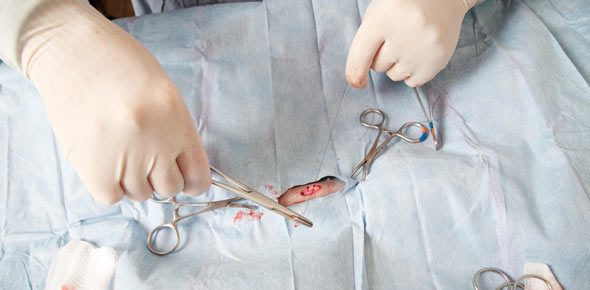Aseptic Technique True/False Questions
- CDC
- WHO
- OSHA
2.
You may optionally provide this to label your report, leaderboard, or certificate.
×
Thank you for your feedback!
















